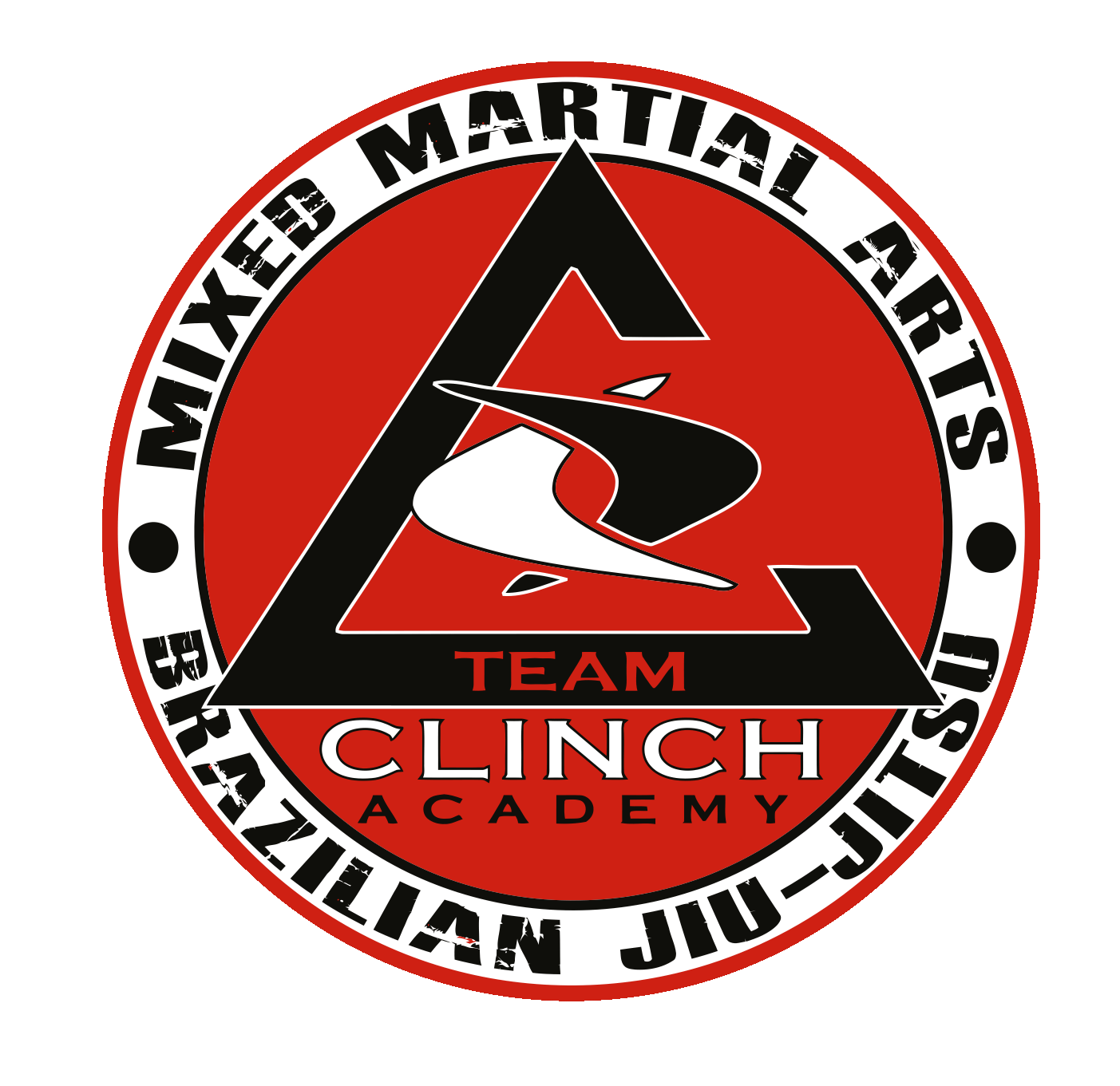Grip Fighting: The Invisible War
Published by Luke Rinehart |Clinch Academy | Brazilian Jiu-Jitsu | Frederick, MD
At Clinch Academy, we teach our students that Brazilian Jiu-Jitsu isn’t just about submissions — it’s about control. And control starts with grip fighting.
From takedowns to guard passes, from side control to mount — grip fighting is the invisible war that decides who dominates the exchange. In this post, we’ll break down the key principles of grip fighting, rules to live by on the mats, and how it connects to every part of your BJJ game.
What Is Grip Fighting in Brazilian Jiu-Jitsu?
Grip fighting is the battle for hand control and positional advantage. It’s how you gain the upper hand before initiating a takedown, a guard pass, or a submission. Mastering grip fighting allows you to set the pace, create leverage, and neutralize your opponent’s attacks.
Rule #1: If You Stop Grip Fighting, You Lose
This is one of the core principles we instill at Clinch Academy.
If you stop grip fighting — even for a second — you’re giving your opponent control. Whether you're standing, passing guard, or fighting for top control, grip control determines who leads the exchange.
If you lose the grip battle, you’ll likely lose the takedown, the guard pass, or the positional control.
Rule #2: Nobody Breaks My Grips but Me
This rule isn’t about stubbornly holding on. It’s about grip awareness and intentionality.
If you’re in a dominant grip but sense your opponent is about to break it — don’t wait. Transition. Re-grip. Shift. Letting your grip break on their terms gives them momentum.
The best practitioners don’t wait for their grips to get broken — they evolve the grip before that happens.
The Process of Grip Fighting: From Contact to Control
Here’s the process we teach at Clinch Academy BJJ to move from initial grips to total control:
Make Connections
Establish grips: wrists, sleeves, collars, pant legs, underhooks, overhooks. The more points of contact the better.Create Tension or Compression
Tension: Push-pull dynamics or opposing forces.
Compression: Squeeze or tighten space to limit movement.
Split or Drag
Splits: Move limbs off the centerline (arms or legs).
Drags: Pull limbs across the centerline to expose angles.
Create Isolations
Target one part of the body — hips, legs, arms, head, or head and arm — and limit it.Misalign and Off-Balance
Break posture. Create imbalance. Interrupt structure.Apply Leverage
Use the position you’ve created to launch a takedown, pass, escape, or submission.
🔁 These principles apply across the board - takedowns, guard, side control, mount, back mount, etc.
Understanding Distance: Close It or Fill It
BJJ is a battle of space. Before you even grip, you must decide:
Close the distance: Clinch, shoot, or engage.
Fill the space: Frame, post, shield, or use foot placement to block entry.
In the grip fight, you are always trying to either close or fill the space. Managing this dynamic sets up your grips and your entire strategy. Rener Gracie has quoted, “He who manages the distance, manages the damage.” This is crucial to control, even more so, safety when dealing with strikes as well.
Principle vs Process
There are many principles or concepts in jiu-jitsu. I just mentioned some core principles for grip fighting success. Some of what was listed was also a process for grip fighting. Process points to an order of succession. By following proven processes, you are also more likely to succeed. Here are some more processes for control and recovery.
Guard Passing: Control in Sequence
When standing over a guard player, use the principles mentioned to…
Dominate the feet
Control the knees
Pin the hips
Smother the upper body
When stuck in someones closed guard:
Break posture and control the upper body
Open the guard by controlling hips and legs
Continue control from legs to hips to chest
Guard Retention: Rebuild from the Core Out
Use your upper body to help recover your hips, your hips to recover your knees, and your knees to recover your feet. Layer in grips and frames to control distance and start attacking again.
Turtle Breakdown: Step-by-Step Control
Hands and feet → Knees and forearms
Knees and forearms → Hip and shoulder
Hip and shoulder → Back exposure
Every stage is a new opportunity for isolation and submission.
Standing Back Up: Technical Stand-Up Sequence
Move from back → side
From side → forearm and knees
From knees → hands → feet
Use frames and grips to keep your opponent from collapsing your structure as you rise.
Key BJJ Grip Fighting Terms (Glossary)
Kickstand: A limb that helps stabilize posture or base.
Stapling: Pinning a limb to the mat to immobilize.
Isolations: Controlling a body part (hip, leg, arm, head) to attack.
Splits: Opening the centerline by moving limbs apart.
Drags: Moving limbs across the centerline to break balance.
Misalignment: Breaking structure/posture to weaken your opponent.
Resetting: Regaining posture and base.
Reset Prevention: Blocking your opponent from reestablishing base.
Tension: Opposing force between two grips.
Compression: Squeeze control to collapse space or apply pressure.
Why It Matters
Every match is a conversation of grips and movement. If you're not actively grip fighting, you're passively being controlled. Every grip, every connection, every adjustment — it all adds up.
By committing to the rules:
“If you stop grip fighting, you lose”
“Nobody breaks my grips but me”
You’ll level up your awareness, control, and dominance across every position.
Train Grip Fighting at Clinch Academy
At Clinch Academy, we focus on principle-based Brazilian Jiu-Jitsu. Our approach helps you understand why techniques work — not just how. Want to train smarter and more effectively?
Apply for a free class and see why we’re the top choice for Brazilian Jiu-Jitsu in Frederick, MD.
✅ Family-friendly environment
✅ All levels welcome
✅ Structured classes and expert coaching
